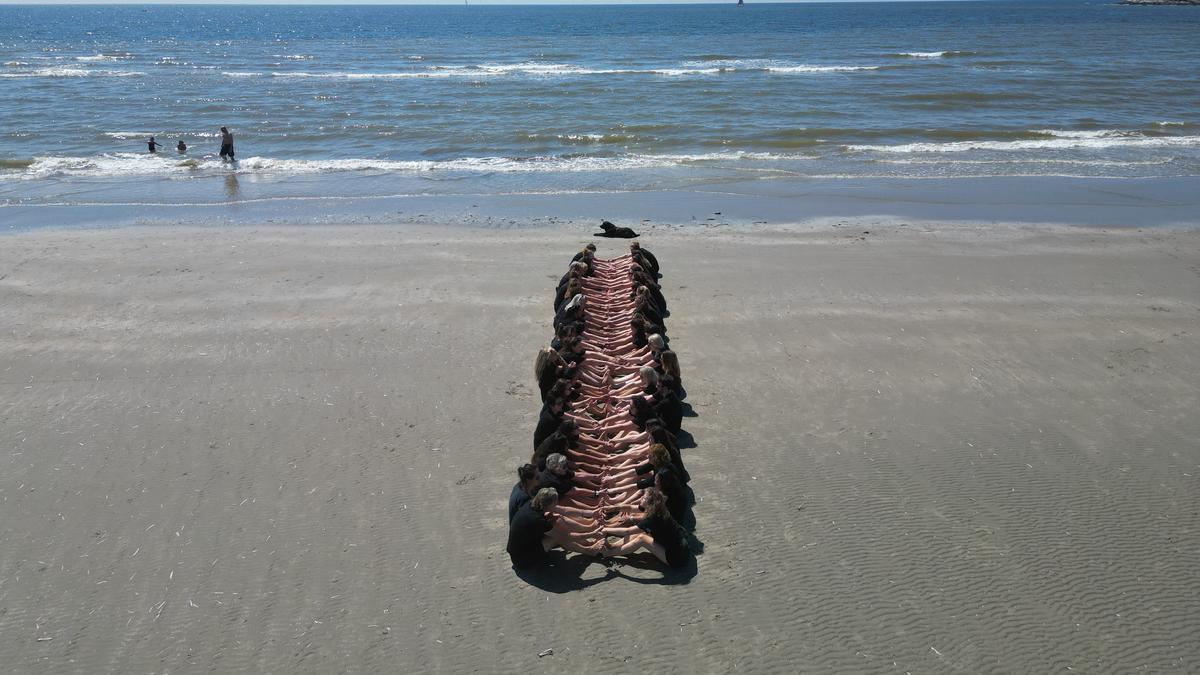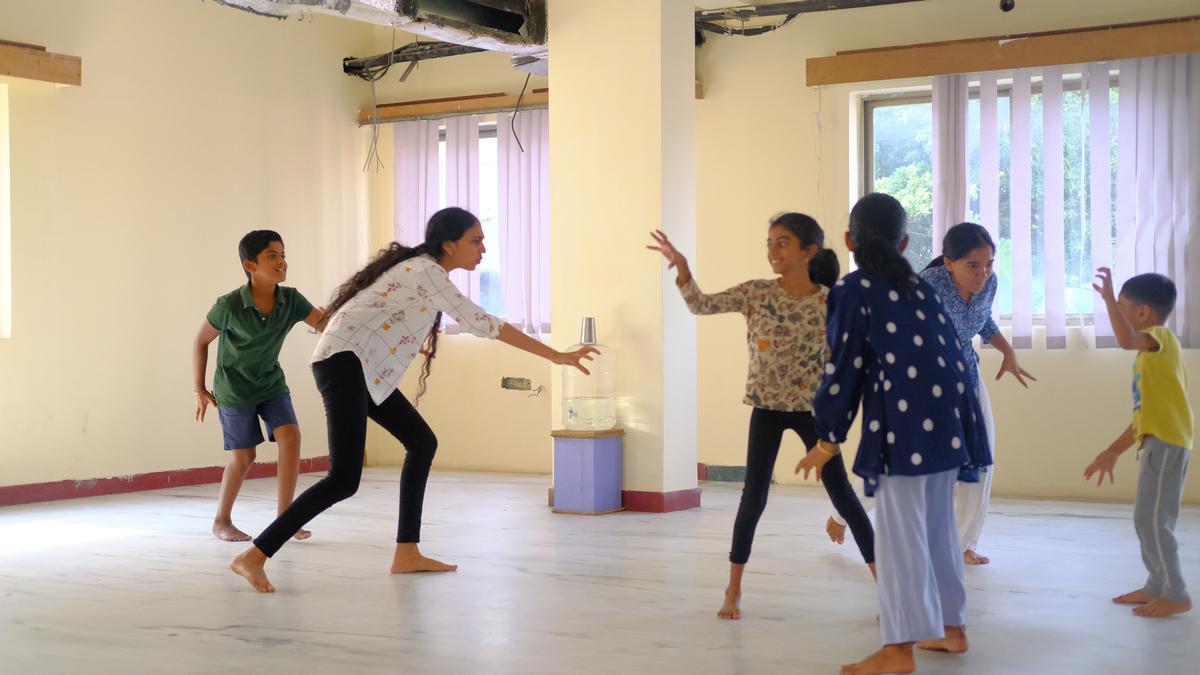
Growing up, Subodh Kerkar vividly recalls the comforting image of his parents immersed in their artwork during their leisure time. Naturally, he joined them with glee and curiosity. “At 18, I wanted to be anything, except a soldier, a priest or a shopkeeper,” he chuckles, reflecting on his youthful years. Although Kerkar initially pursued a medical degree, his passion for art, reminiscent of his parents’ hobby, was never far behind.
As time went on, the monotony of his medical career began to weigh on him, and he noticed that his creative works were gaining the attention of art collectors. Intrigued and motivated by this recognition, Kerkar decided to take a bold leap of faith and transition into the world of art. In hindsight, this decision marked the beginning of a transformative journey. Today, as an esteemed artist and the visionary founder of the private art gallery, Museum of Goa, Kerkar’s work is reaching new heights on an international scale.
Last Sunday, a unique interactive installation called The Keel was performed on IJmuiden beach in Amsterdam, with over 50 participants partaking in the spectacle. And the celebration of Kerkar’s creations did not end there. This weekend, a film documenting The Keel, along with two other installations, is set to be showcased at LaLaLand, a vibrant festival highlighting Indian art and music, situated in the scenic locale of Ruigoord.
The visual splendor of The Keel is more than just an artistic expression; it’s a homage to the intersection of human culture and the sea. Kerkar explains the evolution of his journey: “Initially, I started painting portraits and landscapes, but got bored again!” he reveals candidly. Despite his natural drawing skills, Kerkar realized there was more to becoming a profound artist. Determined to refine his capabilities, he immersed himself in the world of art by visiting numerous galleries, museums, and biennales, turning these experiences into his informal tutors.
Kerkar’s artwork is often performative, typically enacted across expansive beachside landscapes, encapsulating his reflections, thoughts, and socio-political commentaries. “I call myself an ocean artist because I believe the ocean has a huge role to play in creating civilizations.
. It ferried people, ideas, text, and trade for centuries — it’s a highway of culture. When I create works or compositions on the beach, I’m celebrating the inseparability of life and the ocean,” he eloquently states.
The Keel is particularly close to his heart as it revisits the lives of Goan fishermen, a community Kerkar poignantly observed while practicing medicine in their villages. He was struck by the integral connection between their existence and the ocean. Drawing inspiration from the seminal work Homo Ludens by Johan Huizinga, a renowned Dutch historian and cultural theorist, Kerkar delved into the idea of humans as inherently playful beings. “Huizinga described humans as homo ludens — naturally playful beings — because being playful is the foundation of human nature. From the time we are children, we are not taught or forced to play,” he elaborates, adding that The Keel also celebrates boating and rowing, which are treasured activities in Dutch culture.
During the spectacle of The Keel, participants don black T-shirts and shorts, forming pairs and sitting in a long line on the beach, facing each other. Under Kerkar’s guidance through a megaphone, they synchronize their movements — clapping their thighs, holding hands, and rocking back and forth like a boat swaying gently on the sea. This synchronized dance is captured from above by a drone, offering a bird’s-eye view of the performance, while a dog playfully disrupts the frame, intrigued by the waves.
Kerkar emphasizes the natural simplicity of his performances: “There’s not much acting here. Each participant performs something simple like walking in a circle. My backdrop is the ocean, my lights are the sun and its shadows. Everything theatrical is provided to me by nature. The only thing that’s not organic here is the drone shooting the whole thing,” he reflects.
In summation, Subodh Kerkar’s The Keel is a masterful blend of art and nature, celebrating the timeless and profound bond between humanity and the ocean. As his work continues to gain international acclaim, Kerkar’s pioneering vision resonates deeply, altering the way we perceive the intersection of art, culture, and the natural world.










